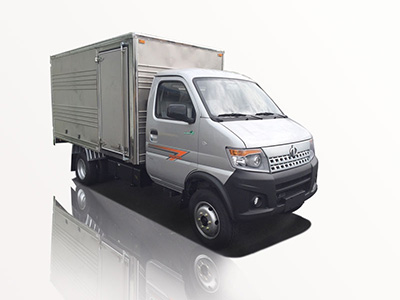Shopping for a rotator can be an overwhelming experience, given the variety of options available on the market. In this guide, we will explore everything you need to know about purchasing a rotator, including types, features, and where to find the best deals. Whether you are looking to buy a rotator for construction, photography, or other uses, we’ve got you covered with practical examples and tips.
What is a Rotator?
Understanding the Basics
A rotator is a device that facilitates rotational movement, commonly used in various applications including machinery, photography, and even in entertainment. They can range from simple manual devices to fully automated systems.
Types of Rotators
- Mechanical Rotators: These are manually operated and commonly used in small applications.
- Motorized Rotators: These are powered by electric motors and used in heavier applications.
- Geared Rotators: These use gears to increase torque and control speed, suitable for precision tasks.
Why Buy a Rotator?
Benefits of Using a Rotator
Investing in a quality rotator can significantly enhance productivity and precision in various tasks. Here are some benefits:
- Increased Efficiency: Rotators automate tasks, allowing for faster completion.
- Improved Accuracy: Automated systems provide consistent results, reducing human error.
- Versatility: Rotators can be used in multiple applications, from photography to construction.
Factors to Consider When Buying a Rotator
Functionality
Determine what you need the rotator for. Different tasks require different types of rotators. For example, photographers need smooth motion, while construction workers might require heavy-duty capability.
Weight Capacity
Check the rotator’s weight capacity to ensure it can handle your equipment or materials. Most manufacturers provide this information in their product specifications.
Size and Dimensions
Consider the space available for the rotator and ensure the chosen model fits your requirements.
Power Source
Rotators can be powered by battery, electric or manual means. Decide what power source is the most practical for your application.
Where to Find Rotators for Sale
Online Marketplaces
Websites such as Amazon, eBay, and specialized retailers often have diverse options. Shopping online can also allow for price comparisons.
Local Hardware Stores
Checking local stores gives you the opportunity to see the product in person and understand its build quality.
Specialty Retailers
Look for stores that specialize in machinery or photography equipment, as they may offer expert advice and quality products.
Used Equipment Auctions
Auctions can be a great way to find high-quality rotators at a reduced price, but be cautious and inspect the equipment where possible.
Comparing Rotators: A Short Guide
| Type | Power Source | Weight Capacity | Price Range |
|---|---|---|---|
| Mechanical | Manual | Up to 50 lbs | $50 – $150 |
| Motorized | Electric | Up to 200 lbs | $200 – $500 |
| Geared | Electric/Battery | Up to 300 lbs | $500 – $1000 |
Reviews of Top Rotators for Sale
Popular Models
Rotator X300
The Rotator X300 is a motorized model known for its durability and high weight capacity of up to 250 lbs. It features an adjustable speed setting that makes it versatile for various applications.
GearMaster 500
With a heavy-duty gear system and precision controls, the GearMaster 500 is ideal for professional use in both construction and filmmaking. Its price reflects its extensive features at around $800.
ProPhotograph R300
A favorite among photographers, the ProPhotograph R300 is a lightweight mechanical rotator that provides smooth motion for capturing panoramic images. Priced reasonably at $120, it offers excellent value for occasional users.
Practical Tips for Using Your Rotator
Maintenance Tips
Proper maintenance can extend the life of your rotator:
- Regularly clean the device to prevent dirt build-up.
- Check the power source and connections to ensure reliability.
- Inspect moving parts regularly for wear and tear.
Safety Considerations
Always follow safety guidelines when using a rotator:
- Verify the weight limits before operation to prevent damage or accidents.
- Secure the load properly to avoid sudden shifts during rotation.
- Use safety gear as necessary, particularly in construction settings.
Best Practices for Photography Rotators
- Set up your camera securely, ensuring all connections are tight.
- Adjust settings before starting to achieve the desired results.
- Test the motion smoothly at low speeds before increasing your pace.
Frequently Asked Questions
1. What is the best rotator for photography?
The ProPhotograph R300 is widely recommended for photographers due to its affordability, lightweight design, and smooth operation.
2. Can I use a construction rotator for photography?
While you can, it may not provide the smooth motion required for capturing high-quality images. It’s better to use a dedicated photography rotator.
3. How often should I maintain my rotator?
Regular checks after every use are advisable, with a deeper maintenance routine every few months based on usage intensity.
4. Are used rotators reliable?
Used rotators can be reliable if they have been well maintained. Always inspect used products thoroughly before purchase.
5. What features should I look for in a motorized rotator?
Look for adjustable speed settings, weight capacity, durability, and user-friendly controls in a motorized rotator.
6. Where can I find the best deals on rotators?
Online marketplaces often have competitive prices, but local stores may provide lower shipping costs and unique warranty options.





